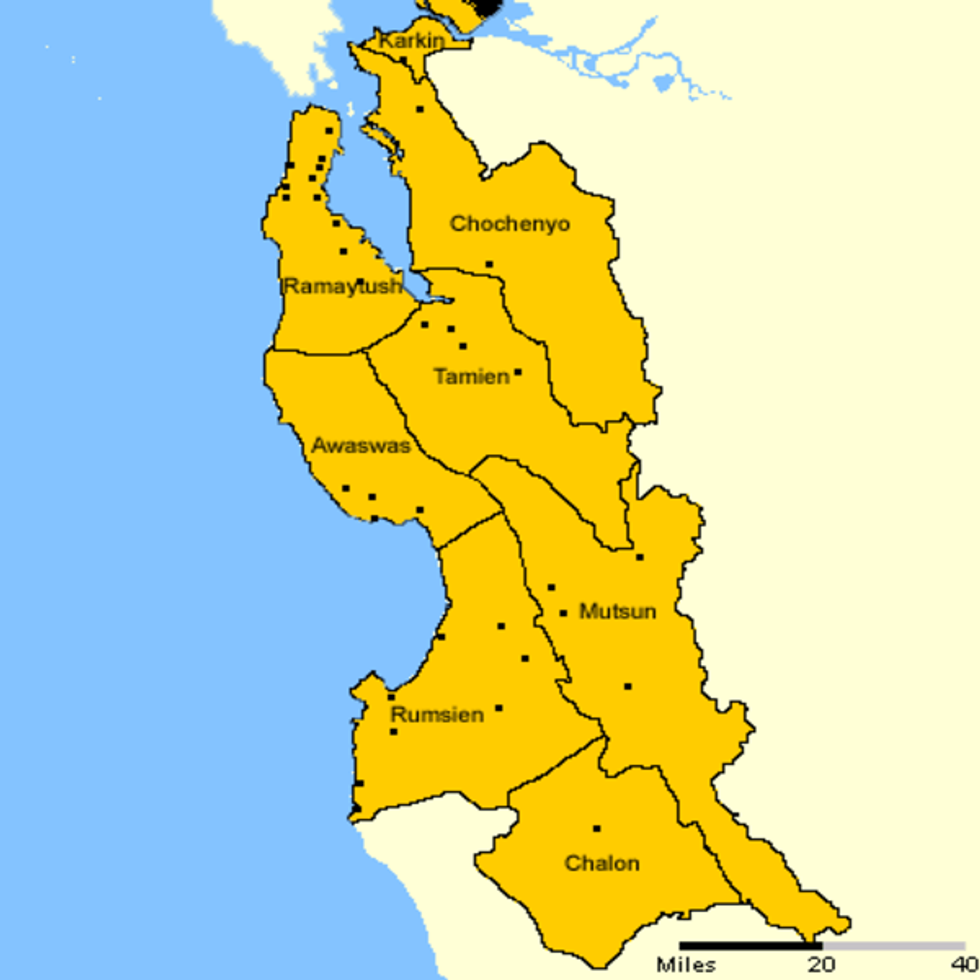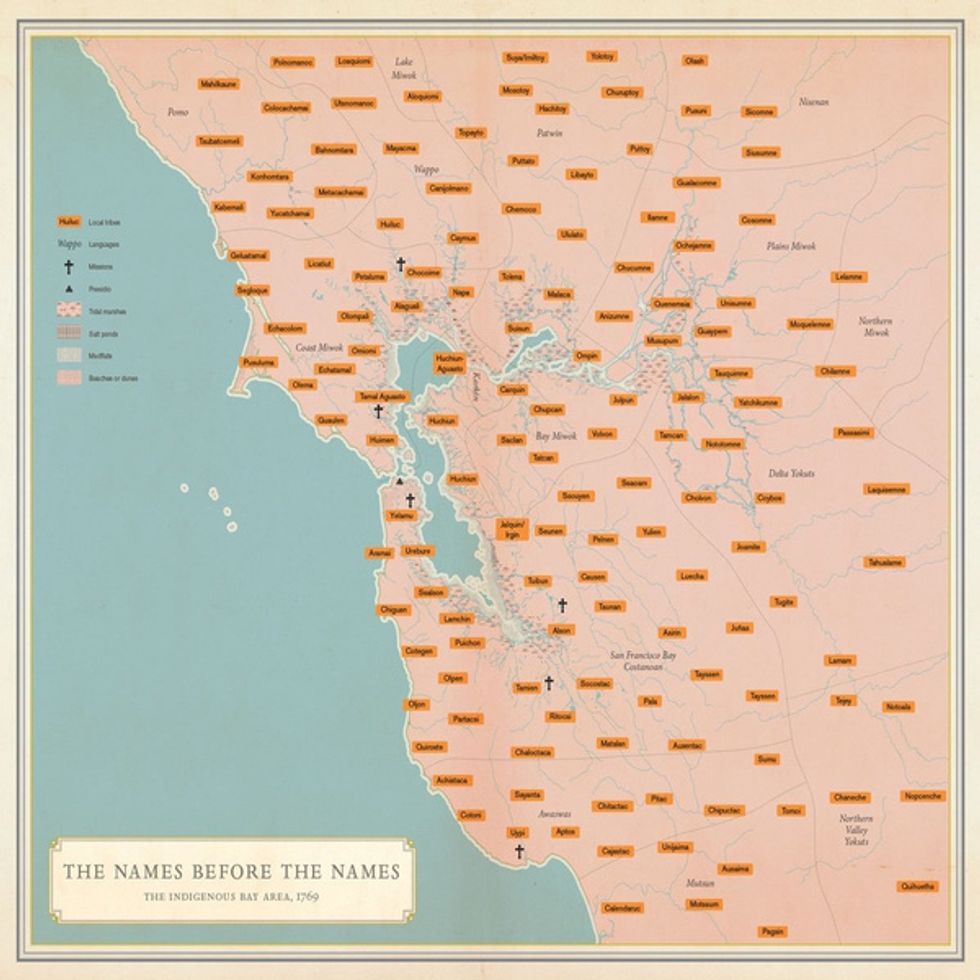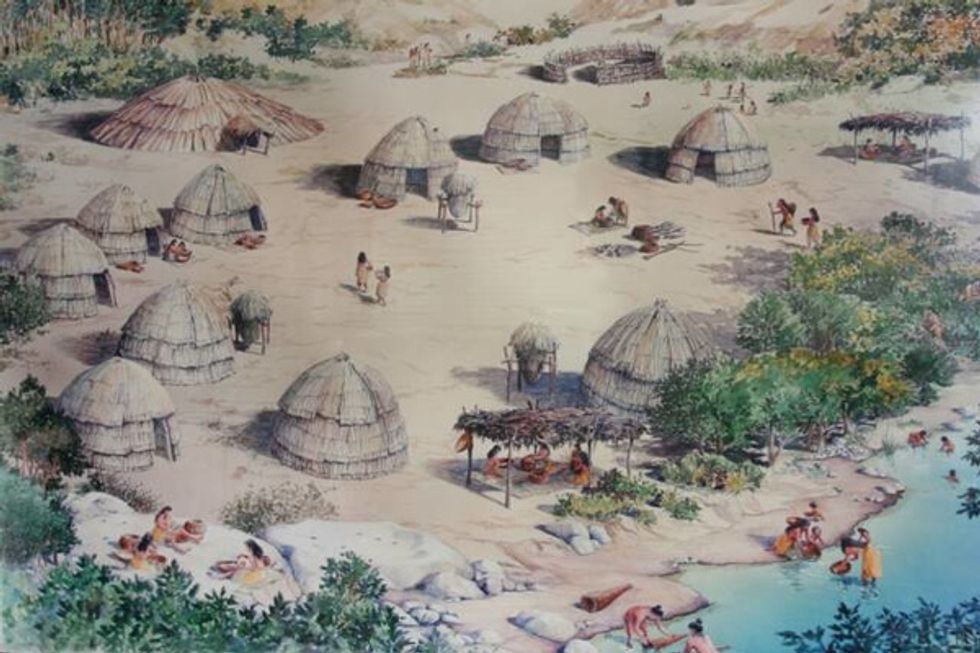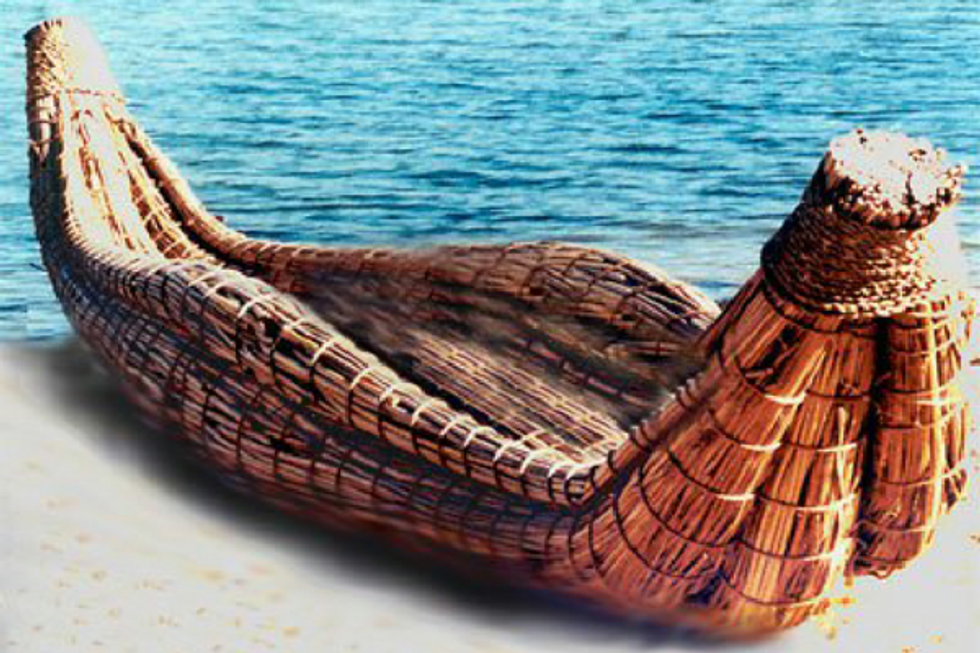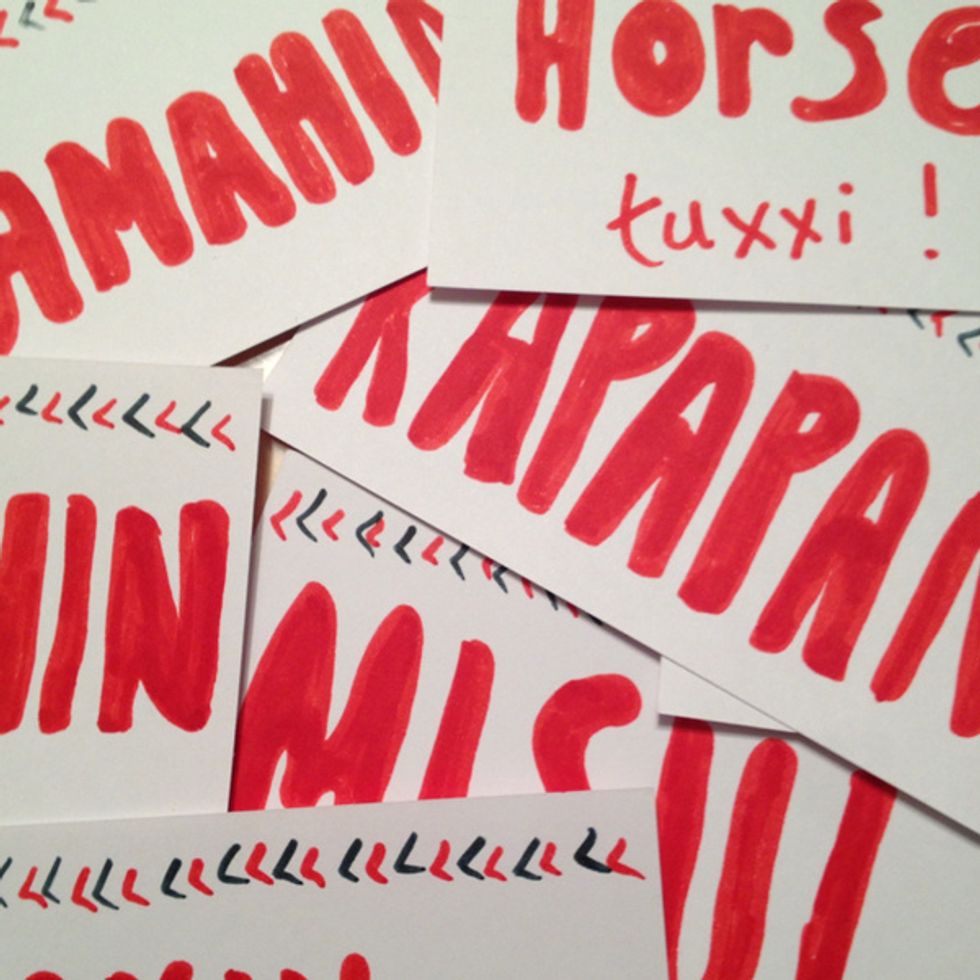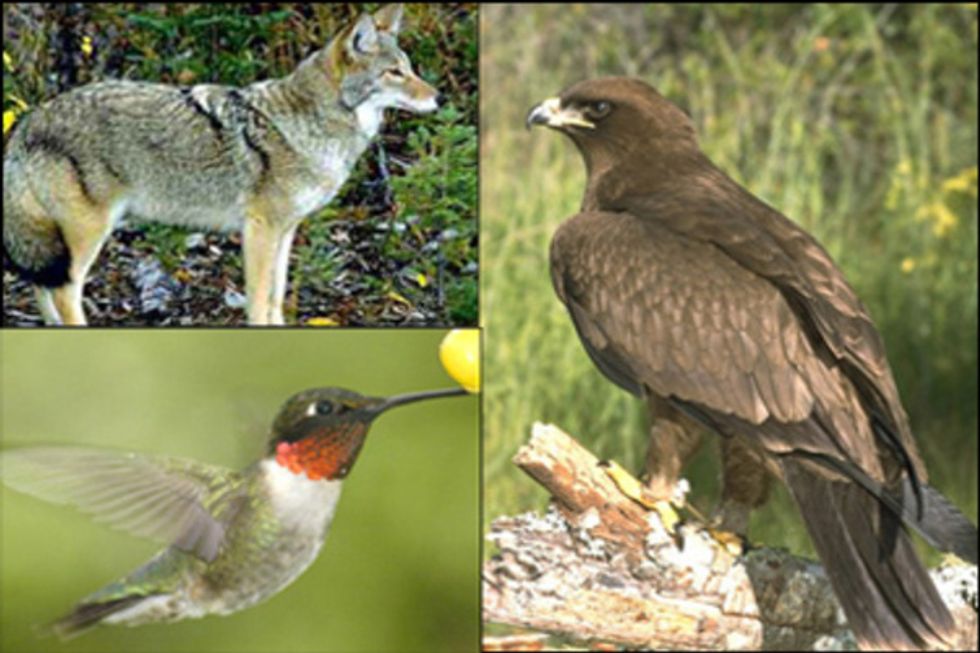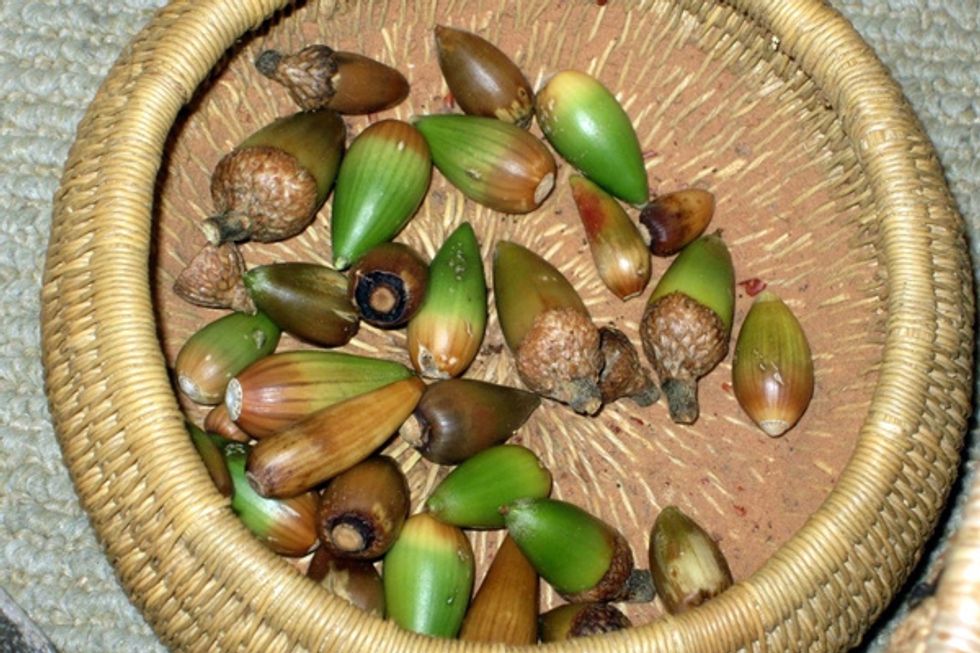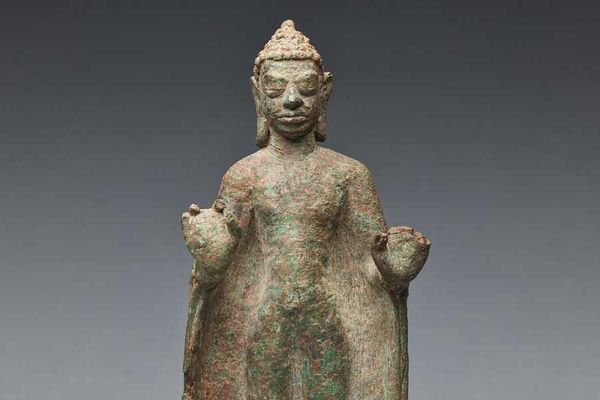San Francisco once belonged to the Yelamu.
It's Thanksgiving, and in addition to finding gratitude for all that we have, we also wanted to give a nod to the natives and history of our home. Before the summer of love and the gold rush, what is now the Bay Area was Ohlone (also referred to as Costanoan) land. Take a step into their culture.
Ohlone Tribes/Languages
via Wikimedia
The Ohlone tribes were separated by the eight languages spoken by the people. There were about 50 land-holding groups in total, and within those areas were smaller tribelets, or groups of villages.




